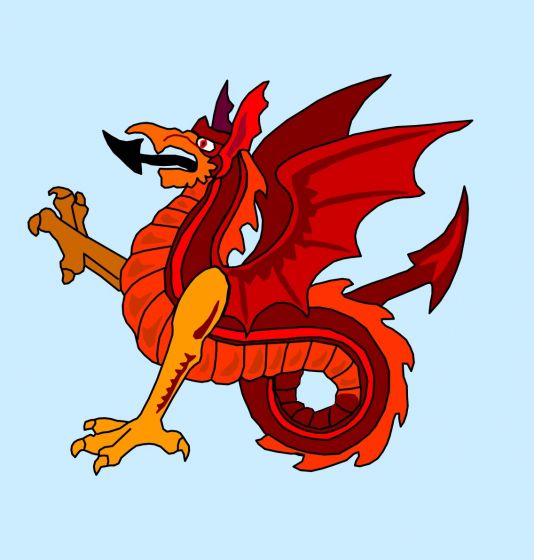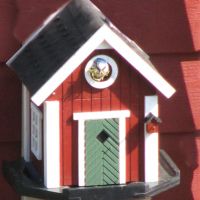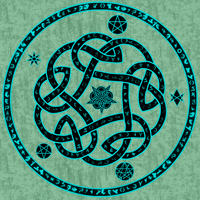
Wyvern
Wyvern
About
- Username
- Wyvern
- Joined
- Visits
- 3,085
- Last Active
- Roles
- Member
- Points
- 5,301
- Rank
- Cartographer
- Badges
- 24
-
OSR Dungeon Tiles - Quick Test
-
OSR Dungeon Tiles - Quick Test
-
Creating greater depth
There are various options for showing contouring beyond what's been discussed here, though some probably will work better, or with less effort, than others for this scale and type of map. The Fantasy Towns Annual issue might be the more suitable alternative to consider, which uses a version of shaded terrain using the transparent solid bitmap fills and bevel effects to generate a form of shaded terrain. I made extensive use of this style in mapping the Faerie City of Embra for the Community Atlas a couple of years ago, of which the "Hilly Places" maps are perhaps the more helpful to see some examples of what it can do (you can access the Atlas versions via the links in the last post at the end of the page, and also of course find the FCW files in the Atlas that way).
Shessar's Battlemat Tutorials (PDFs) provide another alternative, using cliffs drawn with symbols, and map shading, similarly to what you've been doing elsewhere using Sue's connecting cliff symbols, and not dissimilar to Sue's use of sheets in her famous Merelan City map.
Although it's more often used for larger-area overland maps, the various shaded relief options (again using bevel effects) may be worth exploring further, such as via the Shaded Relief Annual, or Hadrian VI's PDF tutorial.
Overall, nothing beats thinking things over and experimenting to see what works best for you, however!
-
New maps of Arkham from Chaosium - free downloads
I know some folks here are keen Cthulhu-esque fans, and some may already know that Chaosium has just released a new "Arkham" supplement for their Call of Cthulhu RPG. When checking the webpage for more details on the book today, I spotted that as quite often, they've made some elements available for free online viewing and downloading (as PDFs), including four new maps, two of Arkham, one of the city's surrounds, and - still more interestingly to me at least - a new map of Massachusetts for 1922 which has on all the main Lovecraftian additional settlements! All these are beautifully done in period style, and you can find the download links here, by scrolling down to almost the end of the page.
There's also a four-page PDF copy of the Arkham Advertiser newspaper available there too, again prepared in period style by the two leading lights of the H P Lovecraft Historical Society, Andrew Leman and Sean Branney, long noted for the excellence of their facsimile period physical products!
-
I'm hungry for your lore!
Two places I haven't seen mentioned here yet are Chaosium's Glorantha (which has so much lore it's effectively a real place for many who RPG there; plus avoid all those silly mapping projection problems in a world which is on the upper face (only) of a cube!), and of course out own Community Atlas world of Nibirum. Not everyone provides detailed descriptions for their maps there, but some do (I've been adapting bits and pieces from my own nearly 50 years of RPGing to what I've added there, for instance), and even without that, those maps are always worth exploring.








